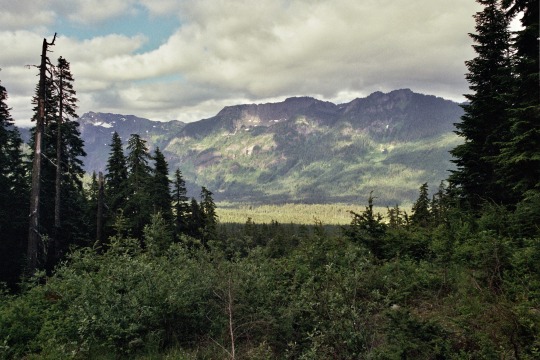#alpine plants
Text

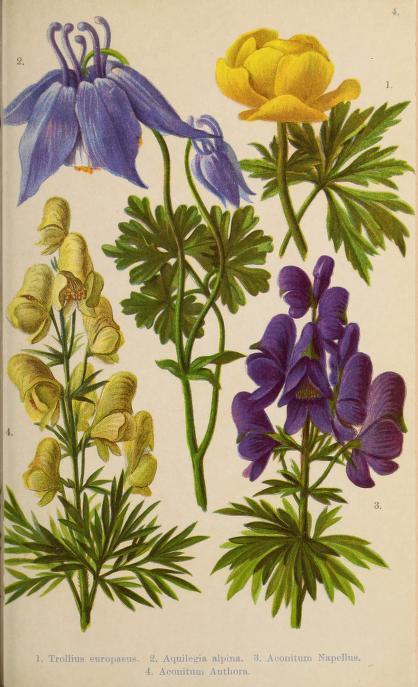


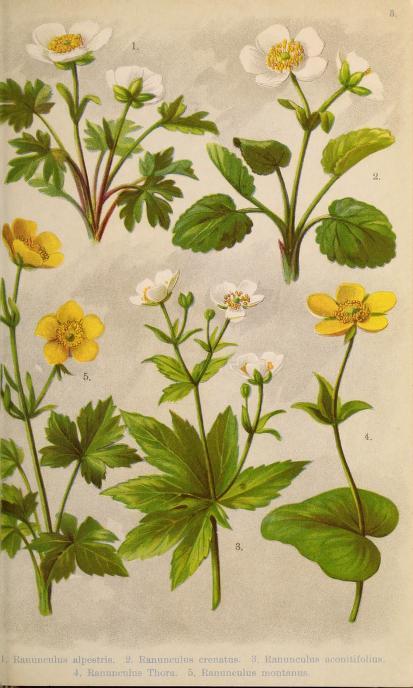



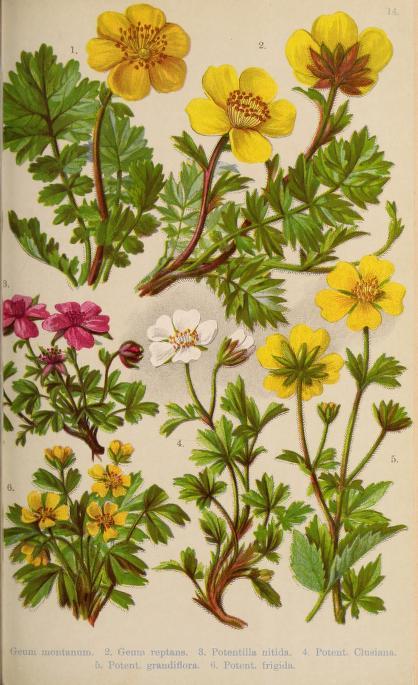

Botanical illustrations taken from 'Alpine Flora for Tourists and Amateur Botanists' by Julius Hoffman.
Published 1912 by Longmans, Green and Co.
Pennsylvania Horticultural Society, McLean Library.
archive.org
198 notes
·
View notes
Text

Pretty little flowers of Dionysia aretioides 'Bevere'
41 notes
·
View notes
Text
“That’s not how tumblr works.”
Oh.
Is there a manual?
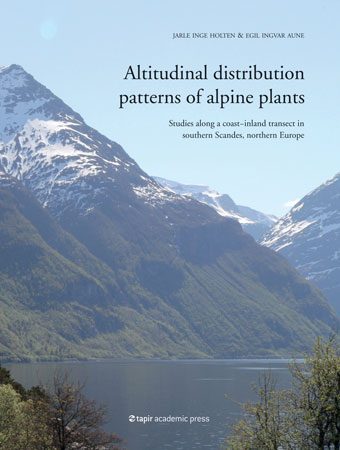
Like THIS?!

Or this perhaps? A missile guidance technical manual.

Or maybe even THIS?! (Maybe the Suez Canal authority could use it)
Am I gonna have to read it?!
How about I go to the nearest store and get one.
The Official Tumblr Manual!
Coming to all good stores near you, NEVER!
Because it doesn’t exist!
#dougie rambles#personal stuff#my poor attempt at a joke#vent post#not how it works#manual#or lack thereof#hypothetical#no context#don’t ask#fuck’s sake#missile guidance#alpine plants#how to avoid huge ships
8 notes
·
View notes
Text
The residents of the Swiss canton of Valais are used to seeing their mountainsides covered with snow in winter and edelweiss flowers in summer. But as global heating intensifies, they are increasingly finding an invasive species colonising the slopes: cacti.
Authorities say cactus species belonging to the genus Opuntia, or prickly pears, are proliferating in parts of Valais, encroaching on natural reserves and posing a biodiversity threat.
“A lover of dry and hot climates, this invasive and non-native plant is not welcome in the perimeter of prairies and dry pastures of national importance,” the municipality of Fully in the Rhone valley said in a press release announcing the uprooting campaign in late 2022.
Opuntia species and similar cacti have also proliferated in some of the hills around the capital of Valais, in Sion, where estimates suggest Opuntia plants now make up 23-30% of the low vegetation cover. Their presence has also been reported in neighbouring Alpine regions, including Ticino and Grisons in Switzerland, and the Aosta valley and Valtellina in Italy.
“In some parts of Valais, we estimate that the cacti can occupy one-third of the available surface,” says Yann Triponez, a biologist who works in the canton of Valais’ nature protection service. He says Opuntia have been present in Valais at least since the late 18th century, when it was imported from North America.
But authorities believe that a warmer climate in the Alps, allowing for longer vegetation periods, and the diminishing snow cover might be creating the ideal conditions for them to spread.
“These species bear -10C or -15C without any problem,” says Peter Oliver Baumgartner, a retired geology professor with a longstanding side interest in botany who has been commissioned by the canton to study and write a report on the plants. “But they want to be in a dry place and don’t like snow cover.”
Snow is becoming rarer at lower altitudes, even in the Alps. According to Meteo Swiss, the number of snow days under 800 metres of altitude in Switzerland has halved since 1970. A recent study published in Nature Climate Change said snow covers the Alps for about a month less than historical averages and called the situation “unprecedented in the last six centuries.”
Temperatures across the range have been rising twice as fast as the global average, and average temperatures in Switzerland are already 2.4C warmer than 1871-1900 averages. “If you look at climate change reports,” Baumgartner says, “the curves for Switzerland are almost as steep as for the Arctic.”
Nine species have spread on sunny, south-facing slopes below 700 metres of altitude, where they compete with endemic and sometimes threatened species. “Valais is one of the biodiversity hotspots in Switzerland,” says Triponez. “We have about 3,000 species of plants in Switzerland, and some 2,200 are in Valais.”
He says authorities are worried by the cacti’s spread to natural reserves and protected areas. “When you have these cacti, nothing else grows,” says Triponez. “Each pad covers the soil and prevents other plants from growing through.”
Baumgartner says that only four of the nine Opuntia species in Valais represent a threat to local ecosystems, particularly in areas with acid or neutral soils, which account for one-third of the valley’s south-facing slopes.
#alps#alpine plants#invasive species#prickly pear#cactus#cacti and desert plants#global warming#climate change#europe#Switzerland
51 notes
·
View notes
Text
Lupines at Mount Rainier
Some plants and animals at Mount Rainier National Park are just meant for mountains.

NPS Photo of multiple broad leaf lupine in a meadow.
Some of those plants are species of lupine. Lupine is a genus of flower with over 200 species. Anyone who has failed to grow lupine in a home garden can tell you that some of those species are more resilient than others. Garden cultivators tend to be bred for big densely packed stalks and can be over three feet tall. Sometimes being big can also mean being fragile.

NPS Photo of the dense lupine flowerheads in a historic garden at another NPS site.
Mount Rainier National Park is famous for its seasonal wildflower meadows, but this is not a groomed garden. Broadleaf lupine is common in the park meadows. These flowers grow in volcanic soil, not garden fertilizer so they need to make the most of the available resources. If you look closely, each flowering stem has fewer individual heads. They are shorter, stouter, and stronger than your typical garden variety of lupine.
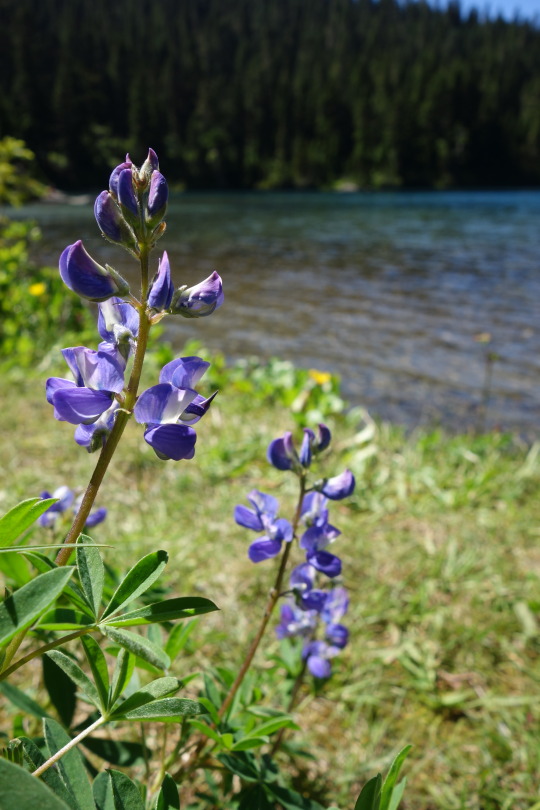
NPS Photo of broad leaf lupine flower head at Mowich lake.
At higher elevations, in rock outcroppings away from the meadows you will find even more resilient lupine species. The arctic subalpine lupine and dwarf mountain lupine species can be less than 6in tall with tiny leaves and flowers. There isn't very much food up here but there is also almost no competition. They are all alone on the rocky slopes and they prefer it that way.

NPS Photo of arctic lupine with tiny leaves and tiny flowers.
Other than trail restoration and species monitoring, Mount Rainier National Park doesn’t tend to the park meadows. We don’t need to. These plants were made for mountains. ~mmm
#mount rainier#wildflowers#mount rainier national park#find your park#adaption#alpine plants#native plants#plant ecology
107 notes
·
View notes
Text

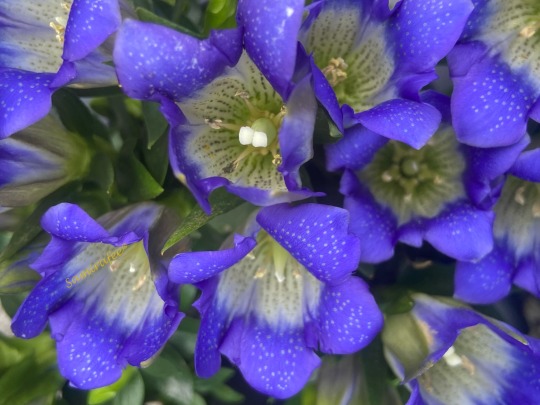
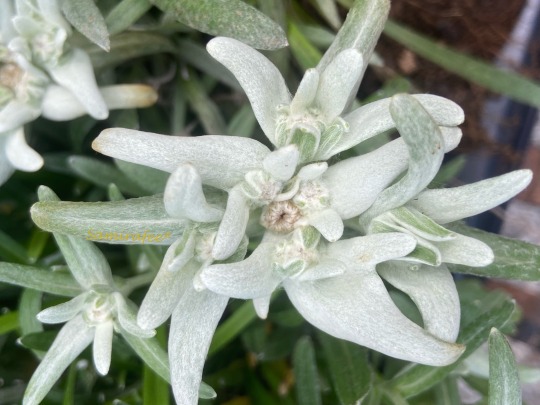

#ALPINE STARS - GENTIAN & EDELWEISS
💙🏔🤍
@samirafee
#source: samirafee#own pictures#photographers on tumblr#nature#plants#alpine plants#gentiana acaulis#stemless gentian#leontopodium alpinum#edelweiss#my garden#august 2022
60 notes
·
View notes
Text
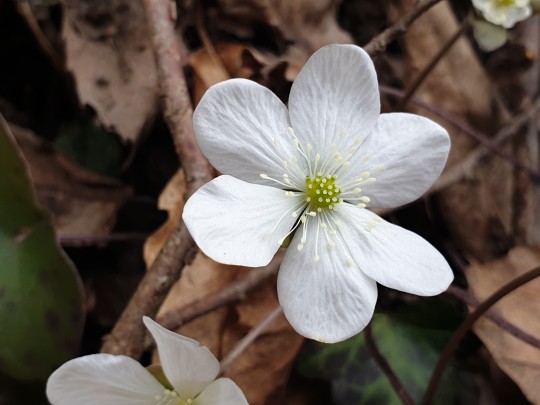

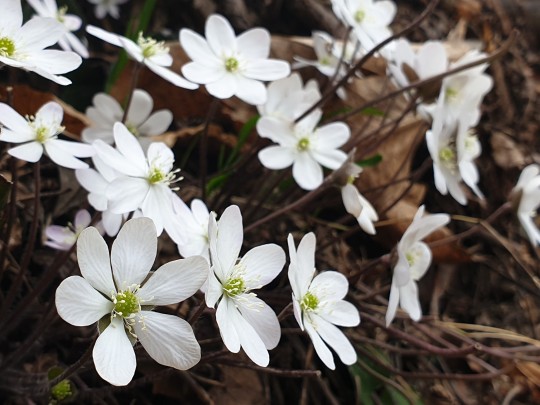
Liverleaf (Hepatica nobilis).
17 notes
·
View notes
Text

Globularia repens
1 note
·
View note
Text

Penstemon hallii
#digital art#plants#botanical art#botanical vibes#alpine plants#botany vibes#strange horticulture inspo#horticulture#flowers#still struggling y’all
5 notes
·
View notes
Text

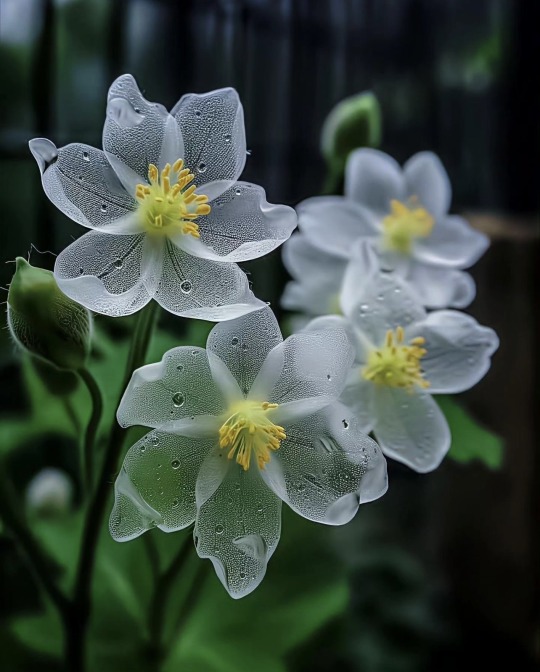
Alpine lotus leaf flower
62K notes
·
View notes
Text


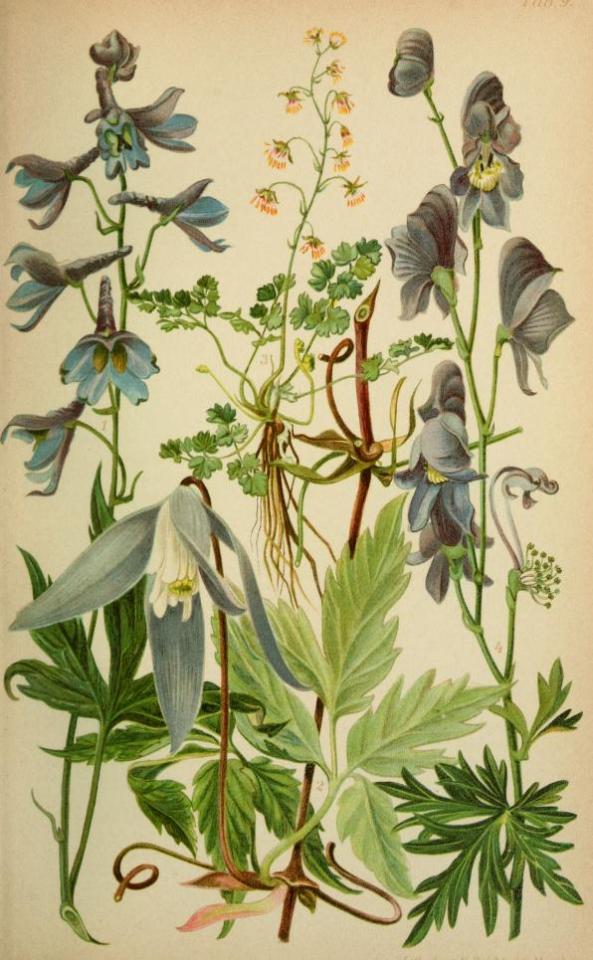

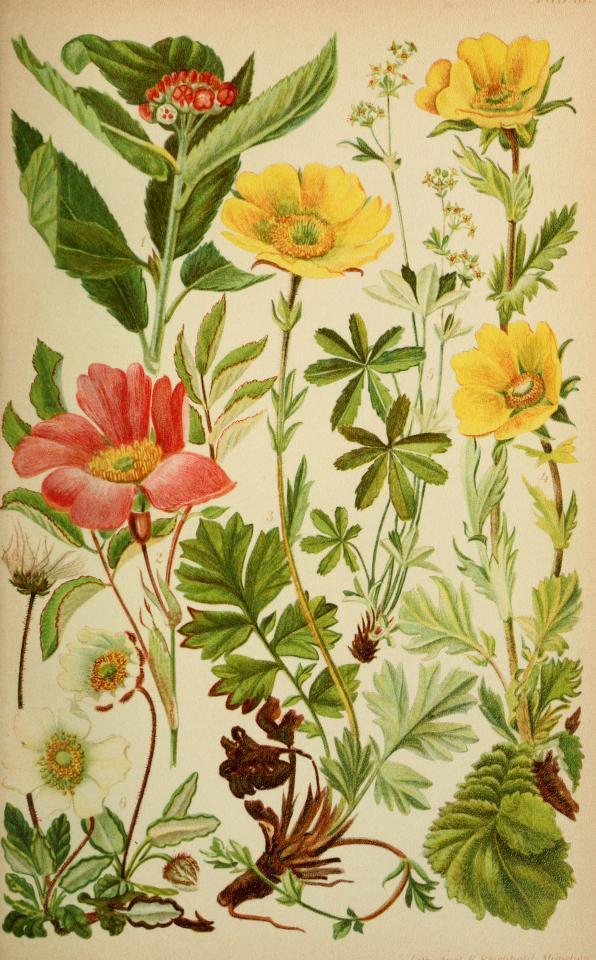

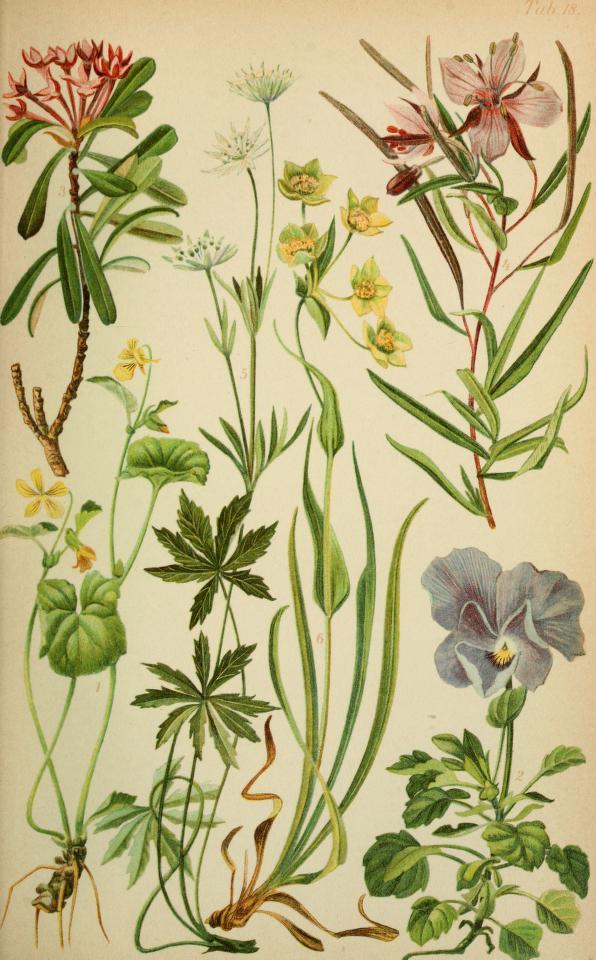
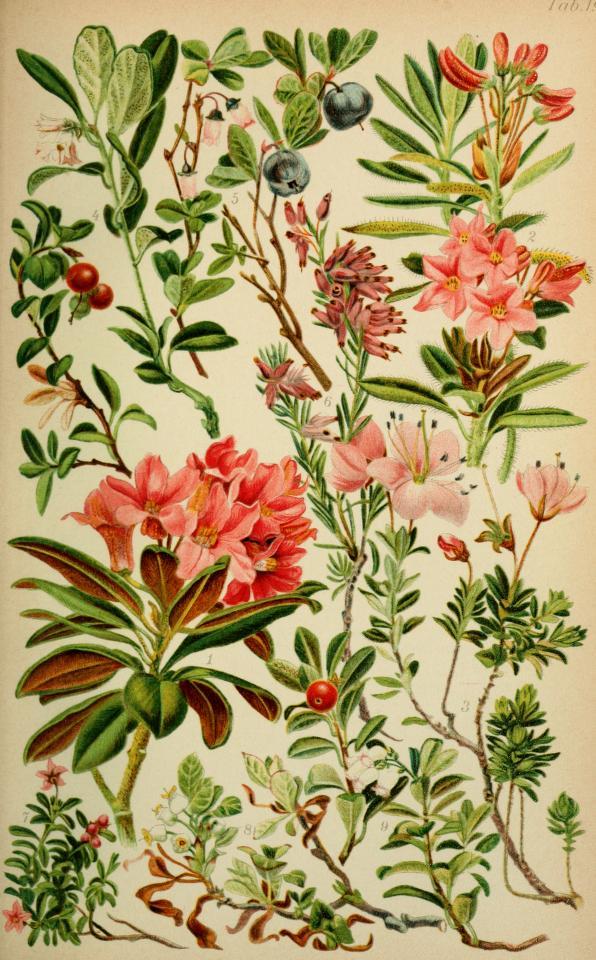


Botanical illustrations taken from 'Alpenflora' by Gustav Hegi, Gustav Dunzinger.
Published 1905 by J.F. Lehmann.
archive.org
85 notes
·
View notes
Text
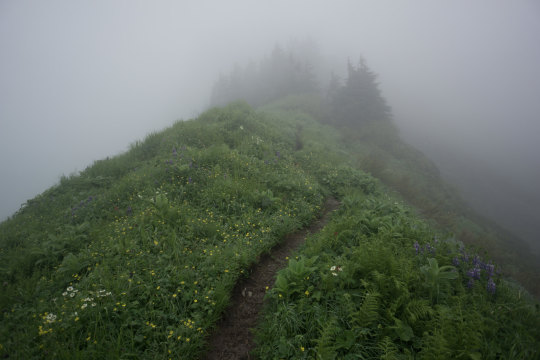




Alpine Meadow by Nate
#fog#meadow#mist#landscape#plants#grass#flowers#nature#naturecore#trees#alpine#curators on tumblr#uploads
4K notes
·
View notes
Text
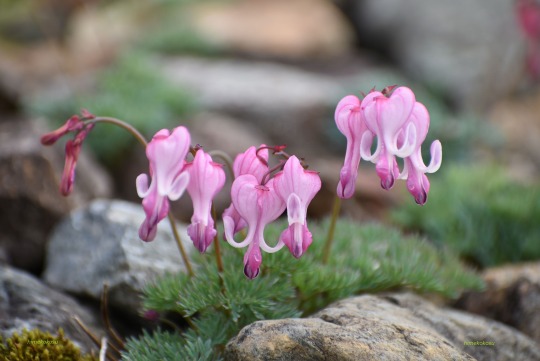
Dicentra peregrina
1K notes
·
View notes
Text

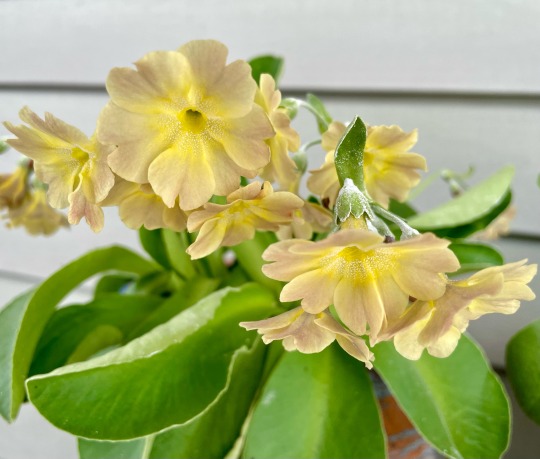


Four primroses blooming in containers right now: the red ones, first and fourth, are Primula eliator ‘Gold Lace’ aka bumblebee primrose and the other two which I grew from seed started in 2020 are Primula auricula, an alpine species. I feel like I could so easily become completely obsessed with growing as many kinds of these as possible. They are, as I’ve heard said of some kinds of food, more-ish!
#pennsylvania#flowers#primula#primula eriator#primula auricula#bumblebee primrose#alpine primrose#april#springtime#I used to have a blue striped kind of zebra primrose but they died :’-(#must get more#plants#plantblr
209 notes
·
View notes
Text
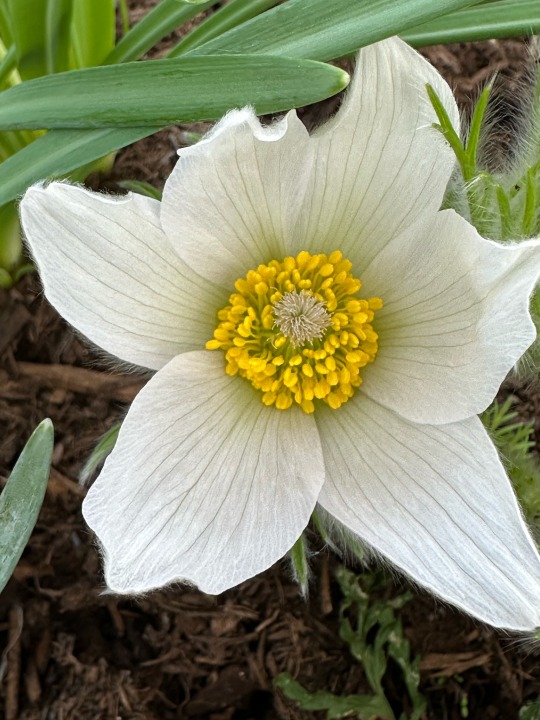
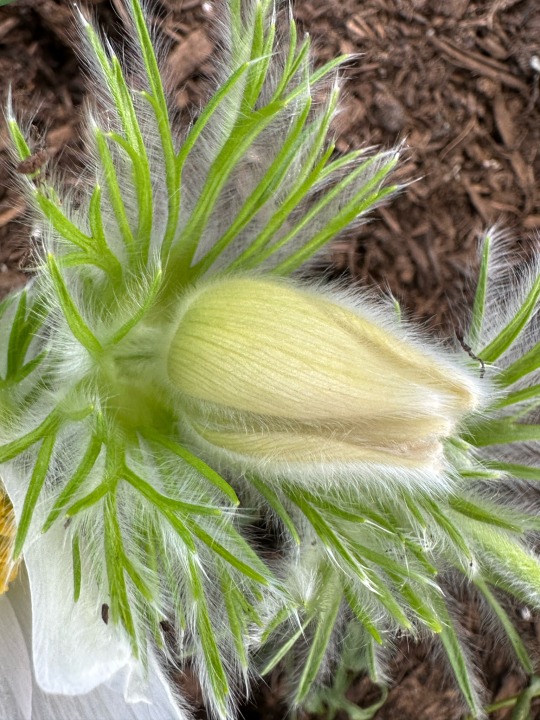

Plant of the Day
Sunday 3 March 2024
The Pulsatilla vulgaris 'Alba' (Pasque flower) is flowering with bell-shaped white flowers which will be followed by fluffy seedheads.
Jill Raggett
#pulsatilla#pasque flower#white flowers#plants#horticulture#gardens#garden#herbaceousperennial#orkney#alpine
196 notes
·
View notes
